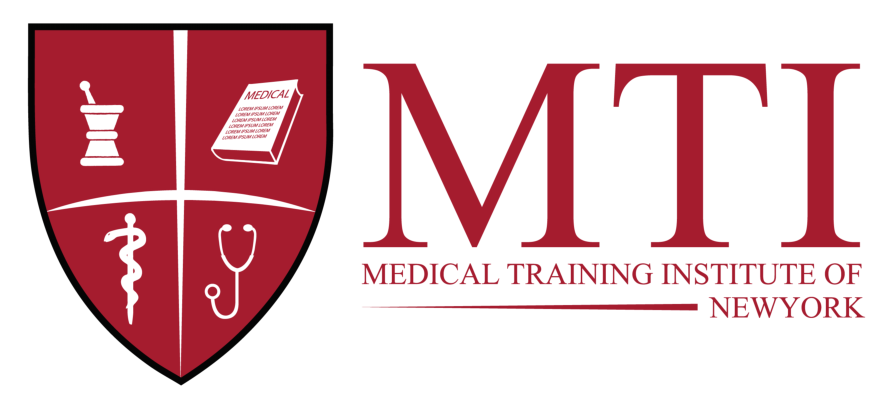Understanding cardiovascular sonography, a specialized ultrasound technique for assessing the heart and blood vessels, is key to maintaining cardiovascular health. In today’s fast-paced world, many of us put off regular health checkups, but staying proactive about heart health is essential. Cardiovascular sonography, also known as echocardiography or cardiac ultrasound, uses sound waves to create real-time images of the heart and its surrounding blood vessels. The procedure involves a gel and a device called a transducer, which is placed on the patient’s chest to transmit sound waves that echo off heart structures and blood flow, forming a clear image. These images allow healthcare providers to assess the heart’s structure, functionality, and blood flow, offering insights into cardiovascular health without the need for invasive procedures.
The heart is one of the body’s most vital organs, and even minor irregularities in its function can lead to severe consequences if left unchecked. Cardiovascular sonography is essential in early diagnosis, treatment planning, and ongoing monitoring. It helps detect conditions such as blocked or narrowed arteries, congenital heart defects, valve irregularities, and heart rhythm disorders. Cardiovascular sonography offers a detailed view of the heart’s chambers, valves, and blood vessels, helping to catch early signs of heart disease.
The procedure itself is straightforward and efficient. During a typical echocardiogram, a healthcare provider applies a conductive gel to the chest area and moves a small probe across the chest wall. This probe emits sound waves that bounce off the heart’s structures and blood flow, which a computer then processes to create a real-time image. This allows doctors to observe heart movements, measure blood flow, and examine the function of the heart’s chambers and valves. The procedure is painless, typically takes between 30 to 60 minutes, and is considered safe for patients of all ages.
Regular cardiovascular checkups, including echocardiography, offer life-saving benefits. Cardiovascular disease is a leading cause of death worldwide, but early detection significantly improves outcomes. Many heart issues, such as high blood pressure, blockages, or valve problems, may not cause noticeable symptoms until they progress and result in sudden complications. Regular cardiovascular sonography can detect these issues in their early stages, allowing for lifestyle adjustments and treatment plans that reduce risks and improve quality of life.
Preventing heart attacks and strokes is another crucial benefit. Arterial blockages, which may lead to heart attacks, can limit blood flow to the heart. Cardiovascular sonography helps identify narrowing arteries before they become life-threatening, allowing doctors to recommend interventions like medication or lifestyle changes. For patients who have already undergone heart surgery or experienced a heart attack, cardiovascular sonography plays a vital role in monitoring recovery. Regular imaging ensures that surgical repairs are intact, blood flow is restored, and the heart is functioning well. This ongoing monitoring prevents complications, ensures timely medical intervention, and provides peace of mind.
Managing chronic heart conditions such as congestive heart failure or chronic hypertension requires regular monitoring to prevent worsening symptoms. Cardiovascular sonography enables doctors to assess how well the heart is coping, how effectively it pumps blood, and whether additional treatments are necessary. By tracking the progression of these conditions, healthcare providers make informed decisions about medications, lifestyle changes, or surgical options. Another advantage of cardiovascular sonography is its non-invasive nature. Unlike heart catheterizations or other surgical procedures, it provides detailed imaging without incisions or injections. This makes it ideal for patients needing frequent monitoring but wanting to avoid more invasive procedures.
Certain individuals should consider more frequent cardiovascular checkups, such as those with a family history of heart disease, as genetics can increase one’s likelihood of developing cardiovascular issues. People over 50, smokers or former smokers, and those with hypertension, diabetes, or high cholesterol also benefit from regular checkups. Athletes and physically active individuals may wish to monitor heart health to detect any stress or strain from intense physical activity.
While cardiovascular sonography and regular checkups are essential, maintaining heart health also involves lifestyle choices. A diet rich in fruits, vegetables, lean proteins, and whole grains can reduce heart disease risk. Regular exercise, at least 150 minutes of moderate aerobic activity per week, strengthens the heart and improves circulation. Avoiding smoking, managing stress, and monitoring blood pressure and cholesterol levels further support heart health.
Cardiovascular sonography is a non-invasive, effective method for assessing heart health. It plays a crucial role in detecting issues early, preventing complications, and ensuring a healthier future. Alongside a heart-friendly lifestyle, routine cardiovascular sonography is an important part of preventive health care. Whether you have a family history of heart disease or simply want to stay proactive, regular screenings make a lasting difference and support a long, heart-healthy life.




